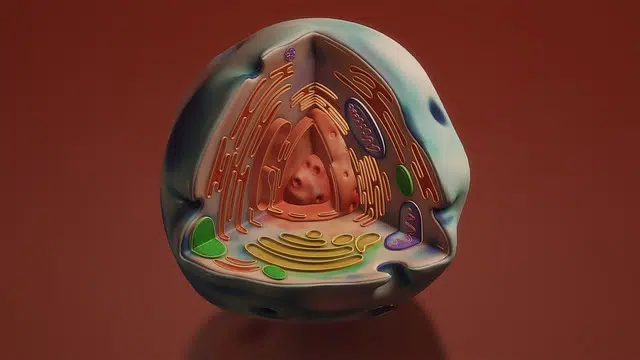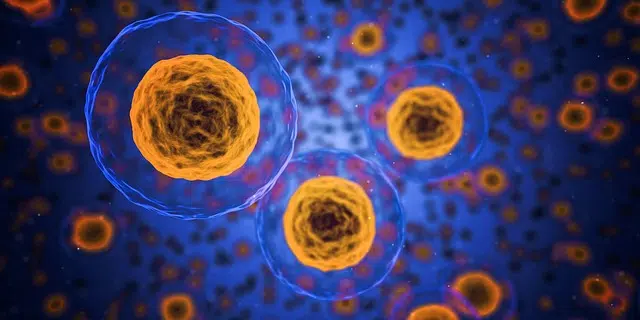
Vacuoles are vesicles of certain cells.
The Latin term vacuum , which can be translated as "empty" , came to Spanish as vacuole . The concept is used in the field of biology to name an organelle of cells.
Specifically, we can say that vacuole is a neologism that appeared for the first time in 18th century France under the guise of “vacuole”, although with a meaning that is not the current one. The one we now have must be stated that it is considered to be the “work” of the French biologist and botanist Félix Dujardin.
What are vacuoles
Vacuoles are small vesicles in the cells of fungi and plants that allow the storage of different substances , such as sugars or water. The fusion of various vesicles allows the development of vacuoles, whose contour is delimited by the plasma membrane.
It is important to emphasize that the shape of the vacuoles depends on each cell, since cellular needs are not always the same. In fact, there are cells whose vacuoles grow over time until they fuse.
Pigments are often concentrated in the vacuoles. This causes the cells to exhibit different colors according to these pigments. In the case of plant cells, their tone depends on anthocyanins , a pigment that is stored in vacuoles.

The sizes and functions of the vacuoles vary depending on each case.
Some of its features
In addition to all of the above, it is worth knowing other interesting information about vacuoles, such as the following:
-They are variable in size, which means that they can occupy from 5% to 90% of the cell volume.
-There are some plant cells that lack vacuoles: the tapetum cells in the anthers.
-They are surrounded by a simple membrane called the tonoplast. It must be emphasized that it is permeable and that it plays a fundamental role in cell growth.
-Inside the vacuoles they have what is known as vacuolar juice, which is made up of water and other elements such as poisons, waste compounds, malic acid, reserve compounds...
-Contractile vacuoles are those found in animals that proceed to eliminate the existing excess water.
-Among the many types of vacuales that exist, we can highlight the excretory ones, the phagocytic ones or the residual ones.
-In vacuoles it is very common in many cases for what are known as ergastic substances to accumulate.
Functions of a vacuole
The functions of vacuoles are multiple. They can contribute to the hydration of the cell, the solidity of its tissue, the isolation of toxic products and the decomposition of macromolecules, to name a few possibilities.
Certain vacuoles are specialized for very specific functions. Food vacuoles , in this sense, fulfill a function linked to nutrition . Digestive vacuoles , as their name indicates, are responsible for digesting nutrients and disposing of waste. Pulsatile vacuoles , for their part, obtain water from the cytoplasm and then are responsible for its expulsion through a process of osmosis .
